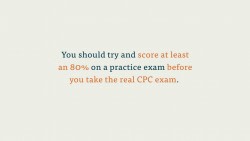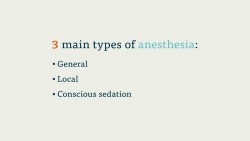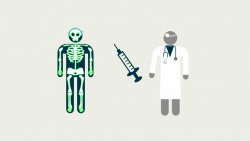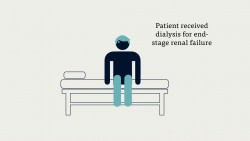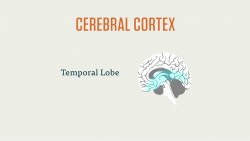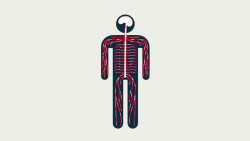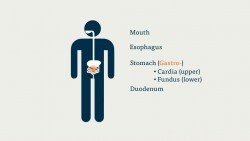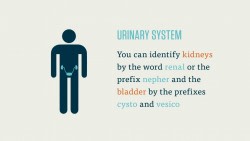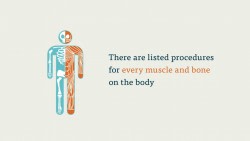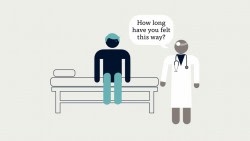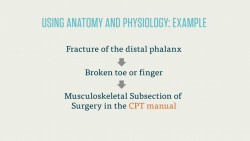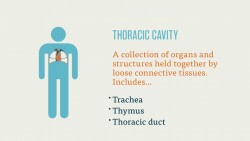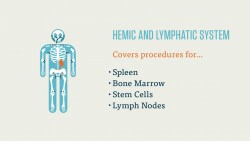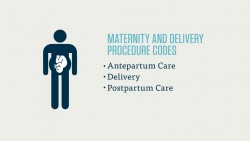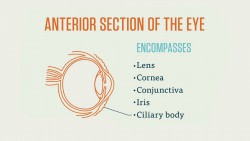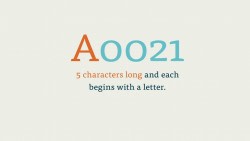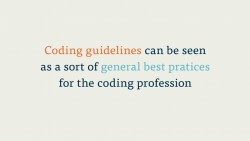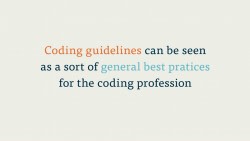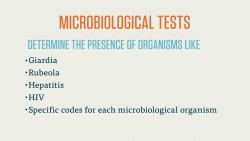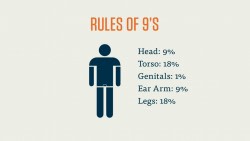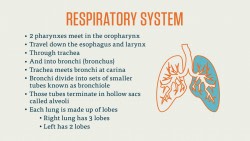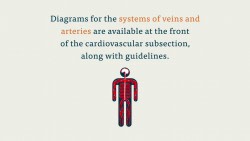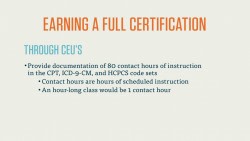The CPC exam is comprised of 150 multiple-choice questions. The test takes five hours and 40 minutes to complete, making it fairly rigorous. There are two breaks in the middle of the test. The CPC exam costs $300 to take, but only $260 if the test-taker is a member of the AAPC (annual dues are $125 for individuals and $70 for students).
The CPC exam thoroughly tests a coder’s grasp of the entire coding process, from medical terminology to code sets and beyond. Per the AAPC’s website, the CPC exam covers 24 subject areas, including anesthesia, radiology, and medicine.
You should recognize a number of these (like Evaluation and Management, or Radiology) as sections of the CPT code manual. Others, like Anatomy and Physiology, are parts of the coder’s everyday skill set.
You should note that the questions on the exam are not divided or identified by the topic they are related to. That is, questions on the CPC exam will test you on all of the above 24 fields of medical coding, but they won’t outright say, “This is an anesthesia question.” Instead they’ll just ask you about anesthesia, or surgery, or human anatomy.
During the test, you’ll be presented with a number of tests cases pertaining to the practice of coding. These test case questions will present you with a condensed medical report and ask you to select the correct set of codes from the answers below.
For instance, a test case question might read:
“Sarah, a 45-year-old patient, visits the doctor and presents symptoms including a sore throat, swollen lymph nodes, and a fever. After performing a rapid strep test, the doctor confirms a diagnosis of streptococcal sore throat. The doctor prescribes an Amoxicillin as an antibiotic. Which of the following are the correct codes for this diagnosis, procedure and prescription?”
There are also general knowledge questions, like “Which types of joints are synovial?” that don’t have an attached test case. That question’s related to the musculoskeletal system, but the test won’t come right out and say so. You’ll have to rely on your knowledge of code sets, medical terminology, best practices, and the coding process in general to pass.
Individuals who earn a score of 70 percent or better (105 correct questions) will pass the CPC exam. If you fail your first test, you are allowed one free retake.
Getting Certified
Once you pass the CPC exam, you are not officially certified by the AAPC until you fulfill a few other criteria. In order to complete a CPC certification, you must become a member of the AAPC. Certification is also limited to coders with two years of professional experience or those willing to complete an apprentice program.
As such, the CPC exam is recommended for individuals who have already started their coding career. That won’t prevent us from going over the basics of this important exam.
You should bear in mind, however, that none of the courses in this Section or this e-book will fully prepare you for the exam, nor will the completion of this e-book. Because the AAPC copyrights all of the information in the test, along with past tests, the best way to prepare for these exams is to take a course administered by the AAPC itself. You can learn about these preparation courses, and buy study books and other materials, here.
In the next course, we’ll give you some basic study strategies for the test.

